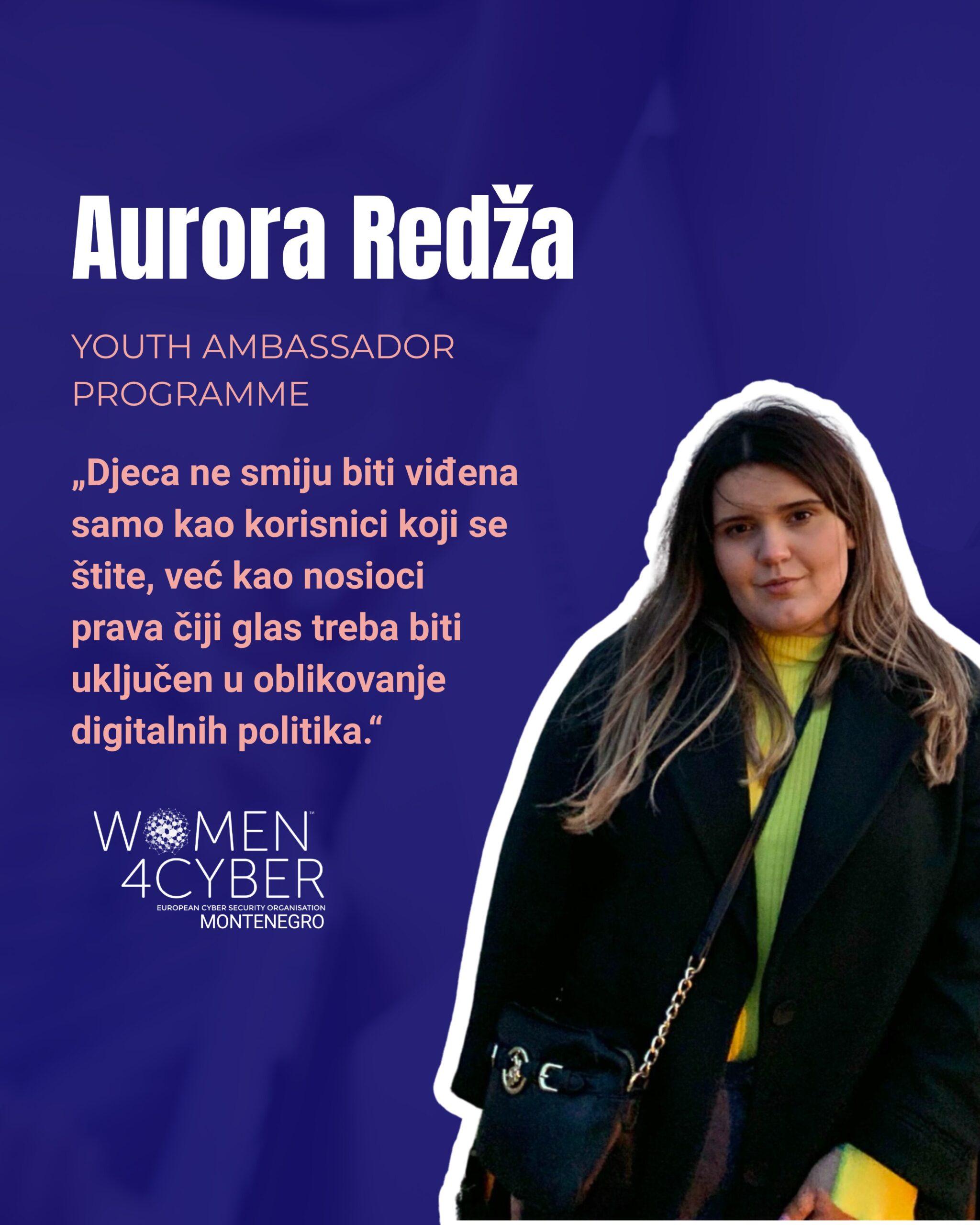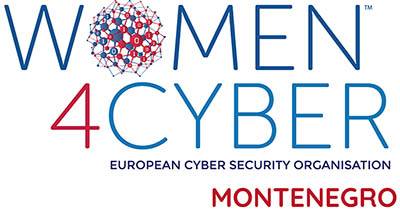In an era where children grow up surrounded by digital technologies, the intersection of cybersecurity and children’s rights has become a crucial issue. The internet offers children unprecedented opportunities for learning, communication, and entertainment, but it also exposes them to significant risks such as exploitation, data breaches, and online abuse. As digital environments become more complex and omnipresent, the need to protect children’s rights in cyberspace is more urgent than ever.
One of the fundamental rights of children, according to the United Nations Convention on the Rights of the Child (UNCRC), is the right to protection from all forms of abuse and exploitation (Articles 19 and 34). However, in the digital space, children are increasingly vulnerable to cyberbullying, sexual exploitation, and exposure to harmful content. Their curiosity and openness make them susceptible to numerous threats, including online predators, inappropriate content, identity theft, and digital addiction. Unlike adults, children do not fully understand what constitutes personal data and how it can be misused, which makes them easy targets for cybercriminals. Moreover, they often lack the technical skills and critical thinking necessary to recognize fake information, malicious links, or scams. An added concern is that many digital platforms are not designed with child protection in mind, even though children are among their most frequent users.
Children, like adults, have the right to privacy (UNCRC, Article 16), but many digital platforms collect, store, and monetize children’s data, often without appropriate transparency or consent. The proliferation of smart toys, educational apps, and social media poses a serious risk to children’s personal information. Data breaches or unauthorized tracking can result not only in identity theft but also in long-term consequences for a child’s digital footprint. Cybersecurity policies must therefore include strict data protection standards, such as the enforcement of child-specific data protection laws like the U.S. COPPA or the EU’s GDPR-K. These legal frameworks aim to limit the collection of data from minors and require parental consent for digital interaction. Still, effective enforcement remains a challenge, especially when global platforms operate across borders.
Cybersecurity is not merely a technical issue; it is a human rights imperative. Children must not be seen only as users to be protected, but as rights-holders whose voices should be included in shaping digital policies and tools. By integrating a child-rights-based approach into cybersecurity strategies, we can ensure that the digital world becomes a space of opportunity rather than a source of danger for future generations.












